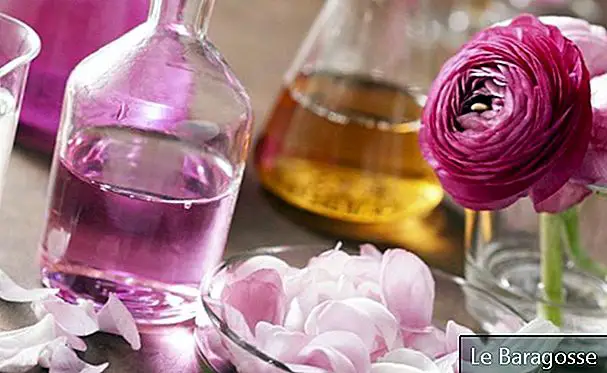
Most people have heard of Bach flower remedies, but not everyone knows how and when they can be used, what benefits they offer, and what the different essences are.
According to Maria Cristina Cury, a floral therapist, Bach Florals is an alternative, holistic therapy developed by Edward Bach to treat a variety of problems. It involves 38 types of flowers consisting of essences. They are natural liquid remedies, intended mainly to cure emotional problems ?, he says.
Edward Bach (1886-1936) was respected as a physician throughout Europe. But, living a major personal problem, he abandoned his activities and went to the countryside, looking for an original therapeutic form. It was between 1930 and 1934 that he discovered the 38 flower remedies and wrote the foundations of his new medicine.
Bach lost his wife early and soon developed a disease that was diagnosed as cancer. He was given only three months of life. But he did not comply with the diagnosis and went to look in nature for an alternative. He believed that illness was due to disharmony between body, soul and spirit, due to the presence of negative energy. So, she started to work on the development of a method that took positive energy from nature, using flowers ?, says Maria Cristina.
Who can take Bach florals?
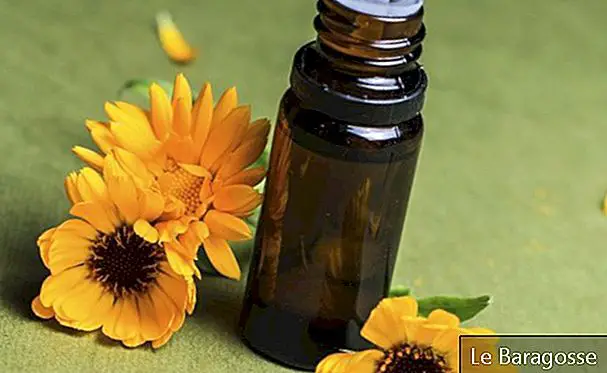
“We can all and should take the florals at some point in our lives. We carry on clothes, garments that do not belong to us, and we accumulate all this negative energy for a long time, and thus the diseases are noticed. Nature wisely gave us a wonderful gift presenting itself with the perfect energy potential ?, says Maria Cristina.
Read also: 10 juices with medicinal powers
According to the therapist, there is no contraindication to the use of florals. "Because they are formulas that are able to live even with other types of medications, bringing no discomfort to people," he says.
Maria Cristina explains that the florals act complementing the traditional treatments. "They can be taken with any kind of medicine, but they do not replace those prescribed by the doctor, nor the conventional treatments needed," he adds.
How to use Bach florals
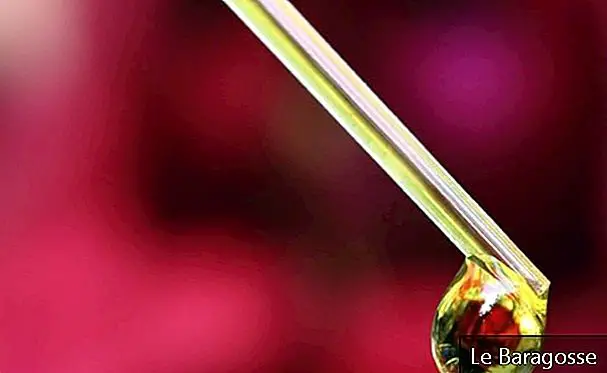
• Flower remedies should preferably be indicated by a flower therapist, who will help the person find out what is most needed at this time after a thorough interview. And so will formulate the flower to be ordered from a reliable handling pharmacy? Or can the therapist himself prepare the flower ?, explains Maria Cristina.
In Dr. Bach's therapy, up to seven essences can be used together. "The general guide is to take four drops of your formula four times a day," he says.
The drops can be administered neat, directly on the tongue, or, if preferred, can pass on the lips, behind the ears, on the temples or wrists. For babies and animals, is preservative recommended in glycerin ?, adds the therapist.
A common question is: Is there a fixed duration of treatment for florals?
• At all, flower remedies can be taken for several months, depending on the response to treatment. There is no time for therapy, because each person has a different response to floral ?, clarifies Maria Cristina.
"The floral should last an average of 28 days and so we can have the returns, to know if the same floral should be kept or if we are entering new areas to be treated," he adds.
The appropriate emotional and floral groups
According to Dr. Bach's therapy, there are seven emotional groups on which he based himself to classify 38 essences (each related to a specific emotional state).
In the table below you can see which are these groups and which are usually the indicated florals.
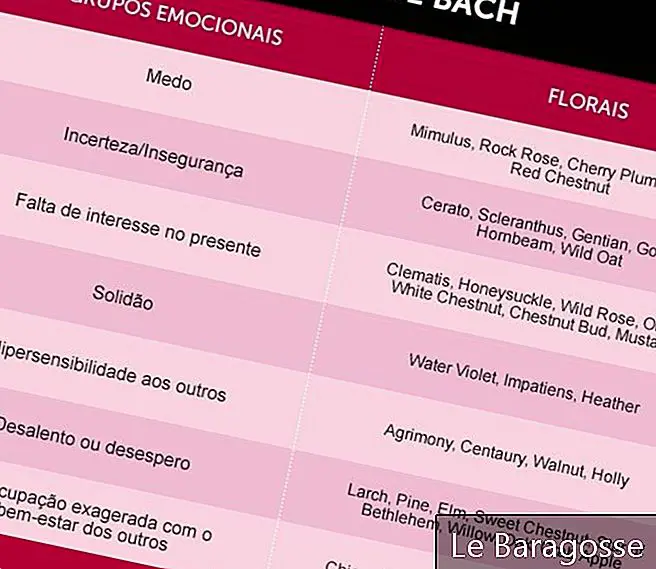
Bach's 38 Floral
Maria Cristina explains that, for Bach, the important thing was to treat the person's personality and not the disease. Disease is from this point of view the result of the conflict of soul and personality (what we are in our daily lives). He said: “Suffering is a messenger of a lesson, the soul sends the disease to correct us and put us on our path again. Evil is nothing but good out of place, he says.
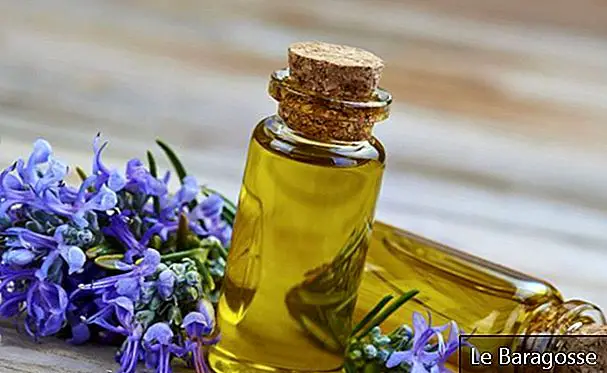
Below you know the 38 flowers and for which cases they are indicated, according to therapist Maria Cristina:
- Agrimony (Agrupony eupatoria): for people who are suffering inwardly but are trying not to show it. Anguished, anxious, distressed people who nevertheless always have a smile on their face.
- Aspen (Populus Tremula): suitable for people who feel undefined fears, such as ghosts, spirits and bad omens. For fear of the unknown and paranormal phenomena.
- Beech (Fagus sylvatica): to people who are too critical, arrogant, intolerant? Who usually judge others. They are easily irritated by the habits, habits and ways of others.
- Centaury (Centaurium erythraea): for those who cannot say no, they are unable to set limits. Good people who want to please and often get exploited. They neglect their needs in favor of the needs of others.
- Cerato (Ceratostigma willmottianna): For people who do not trust their own opinions, they always seek the opinion of others. When you lack the confidence to decide.
- Cherry Plum (Prunus cerasifera): for people who feel close to a nervous breakdown. They are afraid of losing control and harming themselves or loved ones.
- Chestnut Bud (Aesculus hippocastanum): for those who are always repeating the same mistakes. They have learning difficulties.
- Chicory (Chicorium intybus): for people who want to control others. Possessive, selfish and manipulative. Easily hurtful, they constantly demand attention, have interested love, and lack affection.
- Clematis (Clematis vitalba): suitable for the distracted, inattentive. Also for the loss of the senses. Sleepy, indifferent.
- Crab Apple (Malus pumila): for people very concerned about cleanliness, perfection. They feel ashamed of themselves, do not accept themselves, are disgusted and afraid to get dirty or contaminate.
- Elm (Ulmus procera): for strong, selfless, confident and confident people, but who at some point feel insecure, incapable. For those who, burdened with responsibilities, feel temporarily powerless and exhausted.
- Gentian (Gentianella amarella): for people suffering from depression for an identifiable reason. For the discouraged, pessimistic and skeptical.
- Gorse (Ulex europaeus): for those who have lost faith and hope and think it is not worth fighting on.
- Heather (Calluna vulgaris): for needy people who want to attract the attention of others. They are selfish and self-centered. They talk about themselves all the time and are totally involved with their problems.
- Holly (Ilex aquifolium): for envy, anger, desire for revenge, jealousy, distrust and hatred.
- Honeysuckle (Lonicera caprifolium): for people who live remembering the past with regret and longing. For those who get caught up in the mistakes they made, the opportunities they missed, and the life they spent. Uninterested in the present.
- Hornbeam (Carpinus betulus): for those who feel physical and mental tiredness, fatigue, overload, morning laziness. Helps in times of retrofitting (marriages, mourning, relocation, etc.). Uninterested in everyday tasks.
- Impatiens (Impatiens glandulifera): for impatient, angry, intolerant, tense people. For insomnia, hypertension, physical tension and stress. For those who talk, eat, walk and move fast.
- Larch (Larix Decide): for people with feelings of inferiority, lack of self-confidence. They are always expecting to fail. Self-censorship
- Mimulus (Mimulus guttatus): for those who feel fears whose origin is known: fear of traveling, of dying, of being robbed, of being hurt, of driving etc. Shy.
- Mustard (Sinapsis arvensis): for people who suffer from deep melancholy and depression without a definite cause. Sadness, hopelessness.
- Oak (Quercus robur): to that person who is a great fighter, who takes on many activities and responsibilities. She ends up feeling exhausted, but doesn't even think about giving up.
- Olive (Olea europaea): for people who feel physically and mentally depleted. Total exhaustion, tiredness. Essence helps the person to strengthen and regain vital balance.
- Pine (Pinus sylvestris): for those who have feelings of guilt. Self-condemnation and recrimination, even when it is the mistake of others. They are unable to forgive themselves.
- Red Chestnut (Aesculus carnea): to people who are anxious, apprehensive and fearful of what might happen to their loved ones. Overprotection, excessive worry. Excessive and pathological inner bond with another person.
- Rock Rose (Helianthemum nummularium): for people who feel panic, terror. Loss of control due to extreme fear.
- Rock Water: for those who are extremely demanding of themselves, they wish to be an example. Moral rigidity and denial of your needs. Self-repression and self-martyrdom.
- Scleranthus (Scleranthus annuus): for people who swing between two options. Undecided, unstable, they abruptly change their minds and moods.
- Star of Bethlehem (Ornithogalum umbellatum): for people who have experienced (or live) some traumatic situation of a physical, mental or emotional nature.For those who need comfort after some misfortune. For shock and trauma.
- Sweet Chestnut (Castanea sativa): for extreme cases of anguish and despair, where one feels that one is on the edge of resistance. For depression, sadness.
- Vervain (Verbena officinalis): for individuals who are extremely dedicated to a cause or idea. Fanatics do not tolerate injustice. Tense, very anxious and stressed.
- Vine (Vitis vinifera): for authoritarian, ambitious, inflexible, insensitive people. They excessively seek power. Sometimes they are cruel. For those who seek to impose their wills on others.
- Walnut (Juglans regia): for people who are going through major changes: adolescence, menopause, beginning or ending of an affective relationship, etc. Resumption of life, break with old habits or bonds.
- Water Violet (Hottonia palustris): for reserved, lonely, proud people with feelings of superiority. They despise others. They have emotional coldness and great self-worth.
- White Chestnut (Aesculus hippocastanum): for those who suffer from repetitive thoughts. For the constant and uncontrollable internal dialogue that hinders concentration and wears out. Unwanted and obsessive thoughts.
- Wild Oat (Bromus ramosus): For those who have not discovered their vocation, they are dissatisfied with life. Bored and bored with daily life, professionally frustrated, unable to plan life.
- Wild Rose (Canine Rose): to apathetic, unambitious. Emotional insensitivity. Devitalized, constant fatigue. They surrender without a fight.
- Willow (Salix vitellina): for very negative people who feel wronged. They blame others for their own misfortunes. They are resentful, bitter, envious and spiteful. They feel victims of fate.
Emergency Formula: What is it?
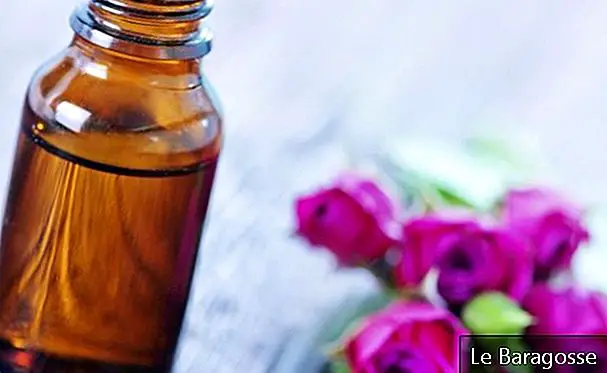
Anyone who has heard of Bach's flowers may have heard of the "emergency formula" as well. It is a blend of essences created by Dr. Bach to deal with emergencies and / or crisis situations, ie when there is no time to make an individual flower selection.
The formula can be used to help, for example, to overcome unexpected nervousness due to an examination, etc. The most famous brand of the formula is known as Rescue Remedy.
Maria Cristina explains that Rescue Remedy is made up of five essences: Impatiens, Star of Bethlehem, Cherry Plum, Rock Rose and Clematis. "There is also a Rescue Remedy Cream, with added Apple Crab, which can be used externally as an ointment for burns, insect bites," he says.
The basic indications of this formula are acute and emergency cases; suffering cases before exams, interviews, dentist, surgery etc. It can also be used in the acute post-event, such as a post-operative, etc. ?, explains the therapist.
Where to find Bach florals
According to Maria Cristina, most manipulation pharmacies have concentrated Bach system florals. • And is able to prepare floral compositions (flask with several florals together) as requested by the therapist (similar to a prescription). There are also therapists who have the mother essence kit and can prepare their flower bottles ?, he says.
In the gallery below you can see some examples of florals:
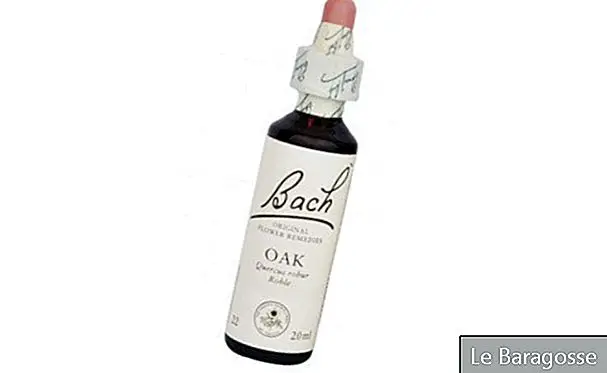
Floral Oak for $ 75 at Mona? S
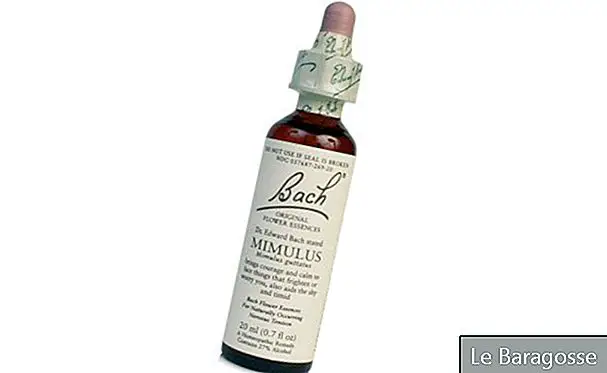
Bach Mimulus for R $ 53,50 at Biovea
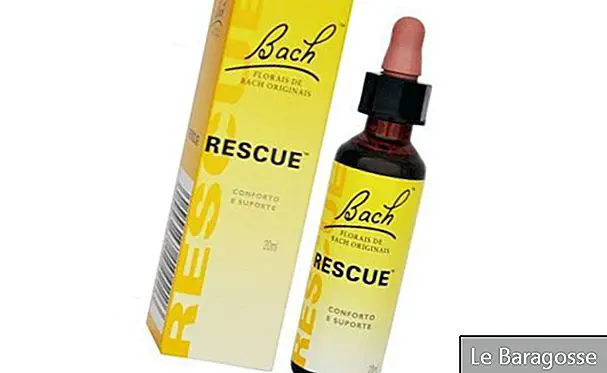
Bach Rescue for $ 75 at Mona? S
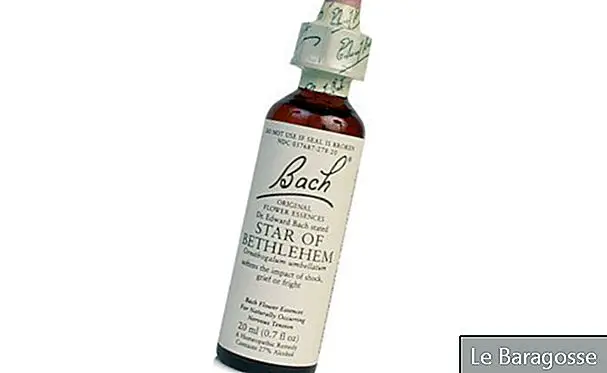
Bach Star of Bethlehem for R $ 50,05 at Biovea
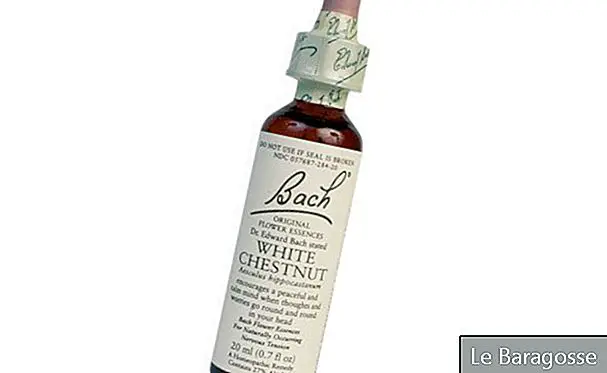
Bach White Chestnut for R $ 50,05 at Biovea
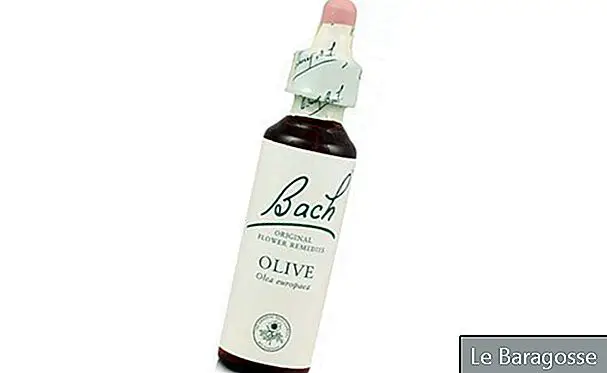
Bach Olive for R $ 53,50 at Biovea
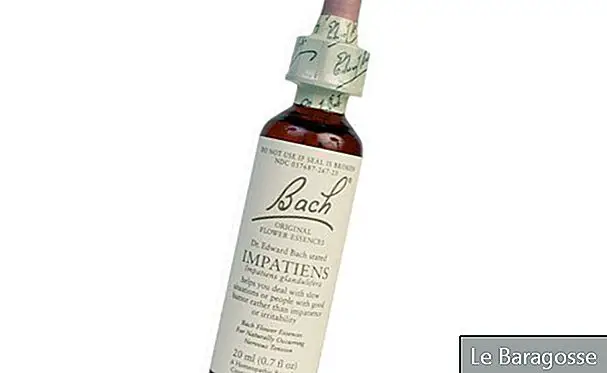
Bach Impatiens for R $ 46,35 at Biovea
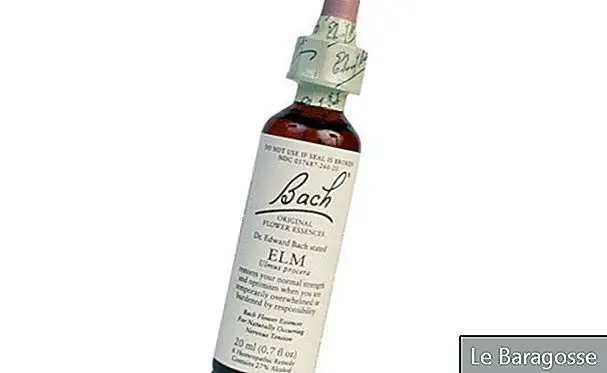
Bach Elm for R $ 50,05 at Biovea
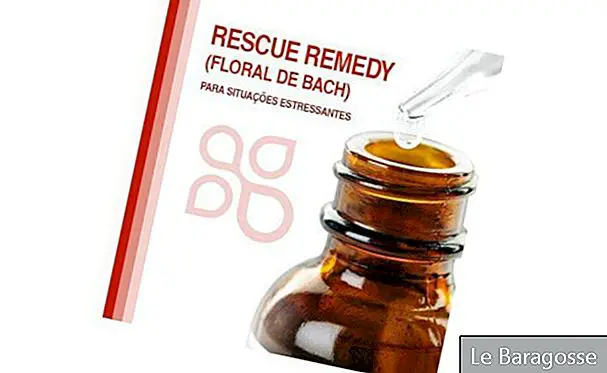
Rescue Remedy (Floral by Bach) for R $ 35 at Dalissa
Testimonials from those who already used
Talita Moraes, 32, a civil servant, says she has taken flowers at different times in her life, always successfully. “In my view, it goes a long way from what we believe. It's no use me taking a flower thinking that it will not work, we have to believe in what you are investing ?, comments.
Natália Aparecida Fernandes, 28, a physiotherapist, reports that she used florals after the end of a relationship that left her very shaken. “I didn't settle for the breakup, I woke up every day brooding over past stories, thinking about what I could have done differently for the relationship to work. My own psychologist indicated a flower as a complementary therapy and I found it very cool ?, says.
Bianca Peixoto, 31, a merchant, recalls taking a flower when she was going to take her letter exam. ? Because I am so anxious, I was already suffering in practical classes (laughs). When they commented to me that there was a specific floral for that, I thought it was great! Today I do not remember if I felt much calmer on the day of the exam, but I know I passed first and this was a great relief to me! ?, reports.
Other types of florals
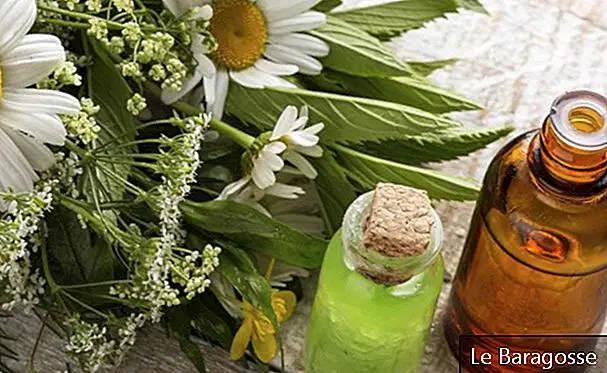
Maria Cristina comments that the use of flowers and plants in human treatment is very old.Research even indicates that flowers were already used for this purpose before Christ.
Over the last few decades have various floral systems been developed in various parts of the world? each with its particularities determined by the flowers of each region.
"Today, within a country, there are several systems, each utilizing a group of regional flowers, although it is not uncommon to find similar flowers among them," says the therapist.
Below you know other examples of flower systems:
1. Mines Florals: solutions prepared with the subtle energies of the flowers, each bringing the appropriate vibrations for the harmonization and balance of mental, emotional and spiritual states. There are 133 flower essences.
2. Saint Germain Florals: Created by Neide Margonari, artist and manipulator of flower essences, work with the removal of energy blocks when the person's personality is negatively. There are 81 essences that are obtained from Brazilian flowers.
3. Agnes System: The floral ones are composed, in general, by flower essences and phytems of native plants found in the cerrado of the states of Mato Grosso and São Paulo. Work on themes related to life in society, communication, security, affection, relationships, sexuality, fears, etc.
4. Alaska Florals: Alaska is one of the few places on the planet where there are still areas not occupied by humans, so fully preserved. And it is in these natural environments, far from pollution, that the essences of Alaska are prepared. Some examples of ready-to-eat floral combinations, made up of flower essences originally prepared in the wild Alaskan wilderness and bottled in Brazil, are: Stress-Free Floral Formula (for stressed people); Floral Decision Formula (for people who are undecided); Floral Dialog Formula (for people with communication difficulties) etc.
5. Floral Angels: they are vibrational essences extracted from flowers (mostly wild) that grow in the Atlantic Forest. Some of the flowers and their indications are: Amarelus for help in daily emergencies; Batuá for physical and mental strength; Biruí for self-valorization; Eden for transformation of pride and arrogance; Guaruá for fear and phobias, among other options.
6. Australian Bush Florals: help people solve problems, for example with sexuality, communication, spirituality and others. The answers to these needs come from Australian plants, and the system was developed and researched by homeopath, naturopath and floral therapist Ian White, who analyzed native Australian inland flowers, including cerrado, desert and mountain flowers. There are about 69 flower essences.
It is worth mentioning that these are just examples, as there are several floral systems available today in Brazil and in the world, besides Bach flowers? which are already well known and used by many people for many different reasons.
How to Use Bach Flower Remedies (May 2024)
- Prevention and Treatment
- 1,230
















